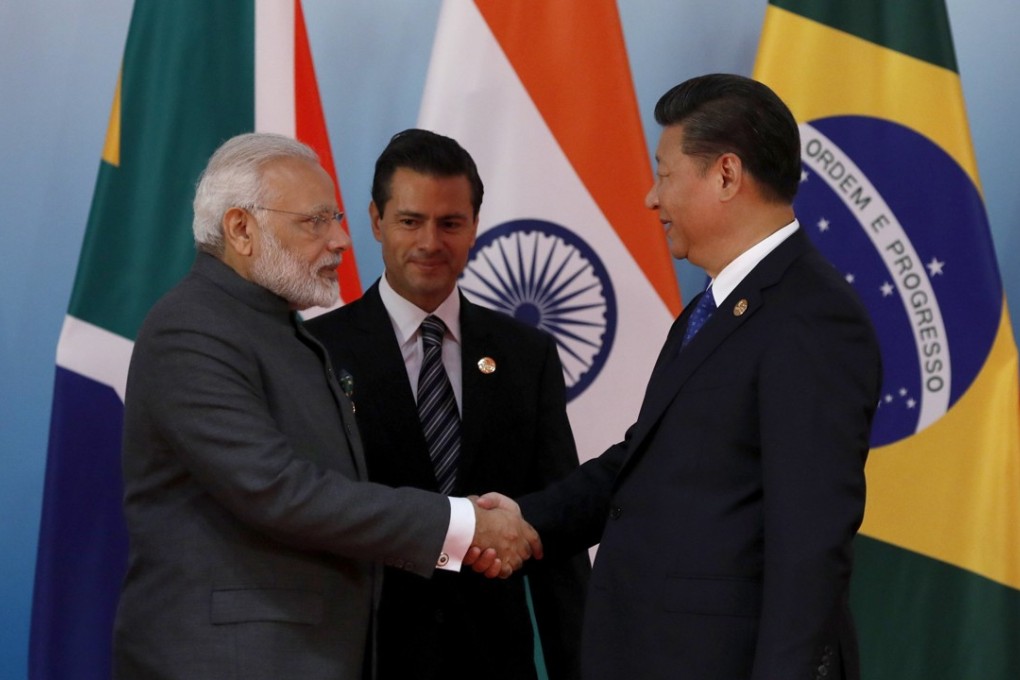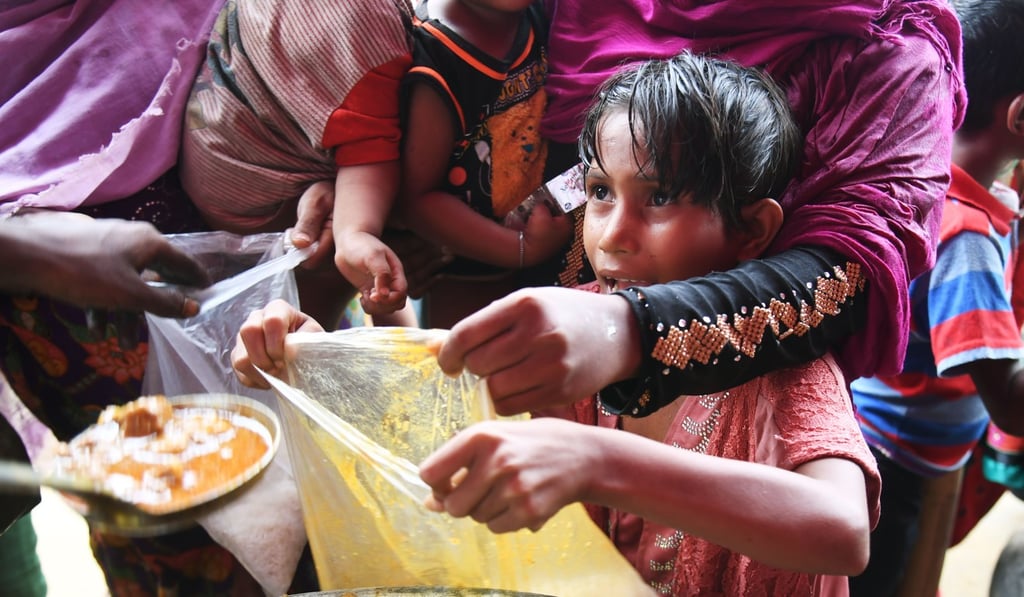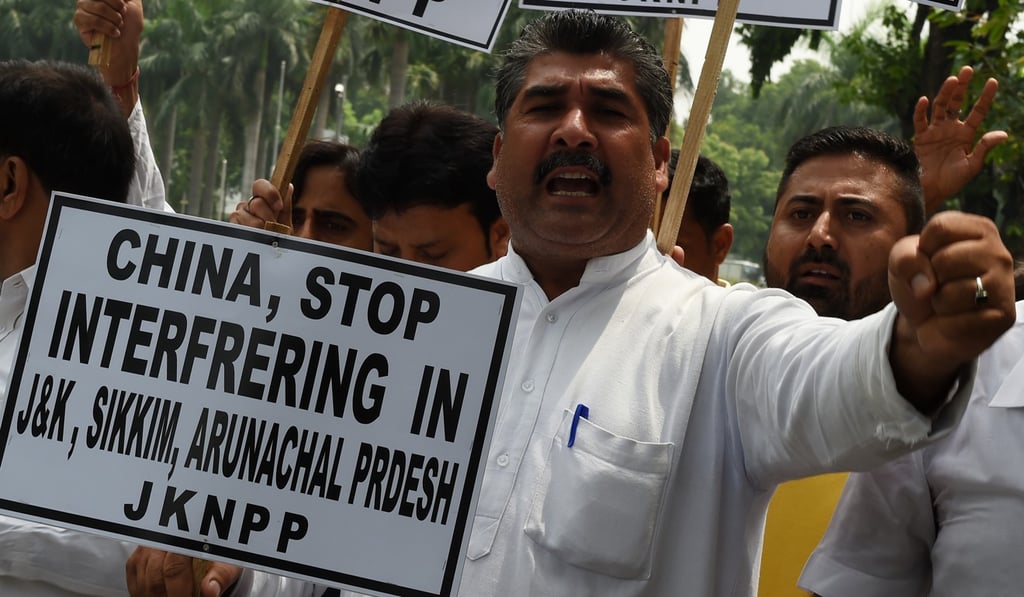How China’s rivalry with India is rippling across South Asia
B. Z. Khasru says the feud between New Delhi and Beijing is holding back potentially bountiful economic collaboration among their smaller neighbours and, in some cases, having disastrous effects on human rights

More than 600,000 ethnic Rohingya have poured into Bangladesh since August. Beijing and New Delhi dismiss their persecution as part of Myanmar’s internal affairs, given that both wish to be in the good books of the strategically important, resource-rich nation.

Beijing says foreign interference is not the answer to Rohingya crisis
This just adds to regional tensions. Bengalis are pressing their government to arm the refugees to fight the Myanmese military. Bangladesh has conveyed its displeasure to both India and China over their policies. In fact, there is great potential for economic cooperation between Bangladesh and Myanmar. For example, Bangladesh could tap into Myanmar’s huge potential hydroelectric power resources, while the two nations, along with India and China, have discussed building an economic corridor to lift up the area’s 400 million hapless residents.

In letter to Tibetan herders, Xi sends message on China’s border row with India
Also, in Pakistan, Beijing is implementing several deals under the China-Pakistan Economic Corridor plan. India opposes the corridor, saying it passes through Pakistan-controlled Kashmir, which India claims.